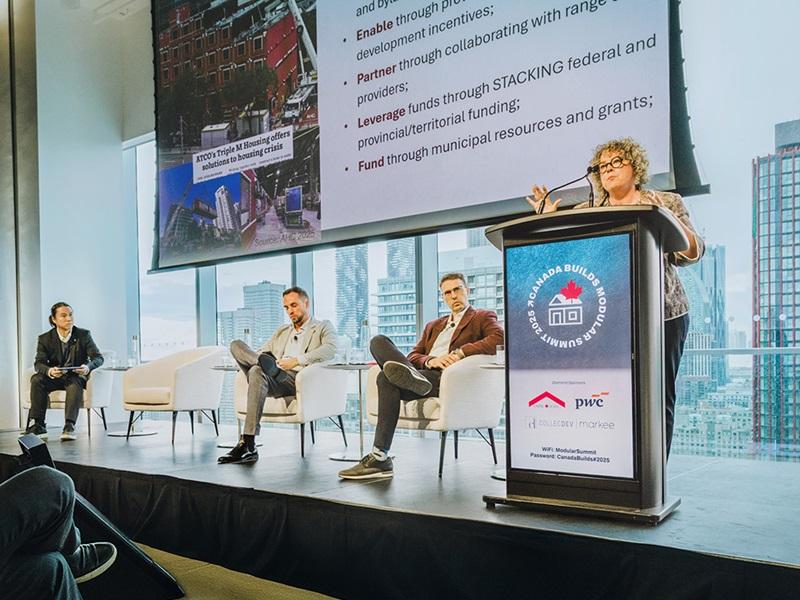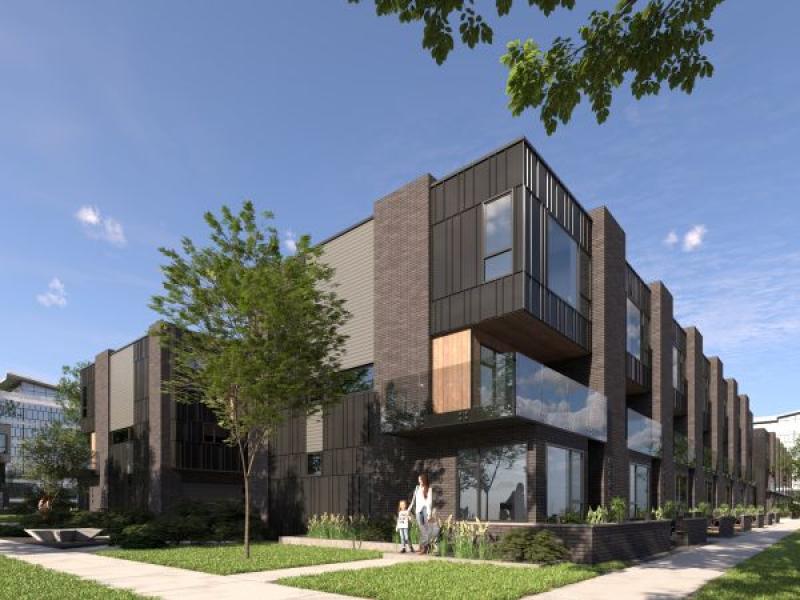
Land acquisitions have been on the rise and as Canada’s population surges at a record pace, high-density land should continue to command premium prices, according to Colliers’ National Land Report.
“It’s very tied to fundamentals,” Adam Jacobs, head of research for Colliers Canada, told RENX. “There’s been lot of activity the last few years because rates were so low, but that will tail off in this era of higher rates.
"Land reflects demographics because there are more people, so there’s greater need for housing. Cities will get bigger and the price of land is going up to reflect its scarcity.”
The horizon for Canada’s multiresidential sector is significant, says the report which covers the first half of 2023.
Investors have their sights set on high-density uses. Investment in the sector, which had set a record in 2018, has since risen by an additional 11 per cent.
Multiresidential investment on the rise
Moreover, multiresidential land sales increased by 81 per cent between 2021 and 2022, which coincides with a string of federal government announcements increasing annual immigration targets to record levels.
“There’s a record high of non-residents and temporary foreign workers and international students, so multifamily is having a moment. It performed really, really well during COVID, with rents way, way up,” Jacobs said.
“That’s giving people headway and they think projects they couldn’t develop before, with rents headed where they are, could work now.”
Indeed, with the Canada Mortgage and Housing Corporation’s rental construction financing program, multifamily is arguably Canada’s hottest asset type.
One example is in the province of Alberta, which doesn’t have rent controls. That has primed Calgary in particular for significant multifamily investment, Jacobs said.
“There’s a lot of population growth and things are heating up in Alberta big time,” he noted.
“People are moving there from other parts of Canada because it’s one of the last affordable places. Owning an apartment long-term looks more favourable in Alberta.”
The residential condo sector, too, is benefiting from large population inflows, but the number of land transactions has declined by 26 per cent over the last five years.
Investors interest continues in home ownership market
From 2018-'20, transactions decreased because purchasers were busy finishing existing projects.
But with COVID-19 fuelling a housing rush after the Bank of Canada implemented quantitative easing, transactions began climbing.
There were 1,419 residential land deals last year and were it not for the central bank’s interest rate hiking regime, that figure would have surpassed the number of acquisitions in 2021.
Rental housing is still seeing more activity than in the ownership market, though the latter is seeing high-rise development investment fuelled in part by rising rents investor-landlords can command.
“I think this is what everyone is watching,” Jacobs said. “The population growth in Canada is miles ahead of every other G7 country.
“Looking at it from the housing side, everyone needs a place to live.
"There will be a lot of support for higher rents and more demand for single-family, condos, multifamily and that’s reflected in the volumes for land sales shifting in the last year to multifamily, so you know it’s a long-term solution.”
Industrial land sector also thriving
The industrial sector is thriving thanks to record-high rents and a scarcity of both developed facilities and land.
That shortage — which in Southern Ontario is partly a consequence of the Green Belt — in tandem with soaring demand from developers and investors, has put upward pressure on land prices.
In the Greater Toronto Area, the per-acre price of industrial land has increased 48 per cent since 2018. In landlocked Vancouver it surged by 155 per cent, the report said.
“Industrial has the simplest story: rents are at record highs and no matter how much we build, it’s never enough,” Jacobs said.
“No matter how much we build, it gets leased and we never reach the point where there’s too much supply.”
Canada’s commercial real estate sector has also historically held its value better than other asset classes.
Notwithstanding a pandemic-induced nadir in 2020, commercial land investment has remained strong. The report surmises, however, there could be surplus investment and this could explain a slight overall decrease since 2021.
An additional reason, Jacobs added, is underwriting guidelines have become more stringent in the wake of rising interest rates, so he expects little to change henceforward.
“With commercial land, things like assembly are long-term; you’re talking years and years and years, so the lending side is an obstacle,” he said.
“Land requires a long-term time horizon more than anything else and this is a bad time to go a lender.”







